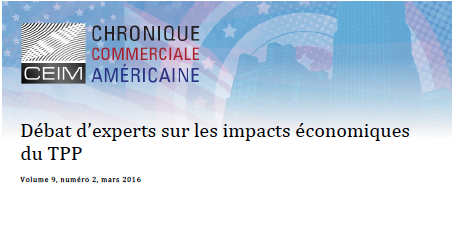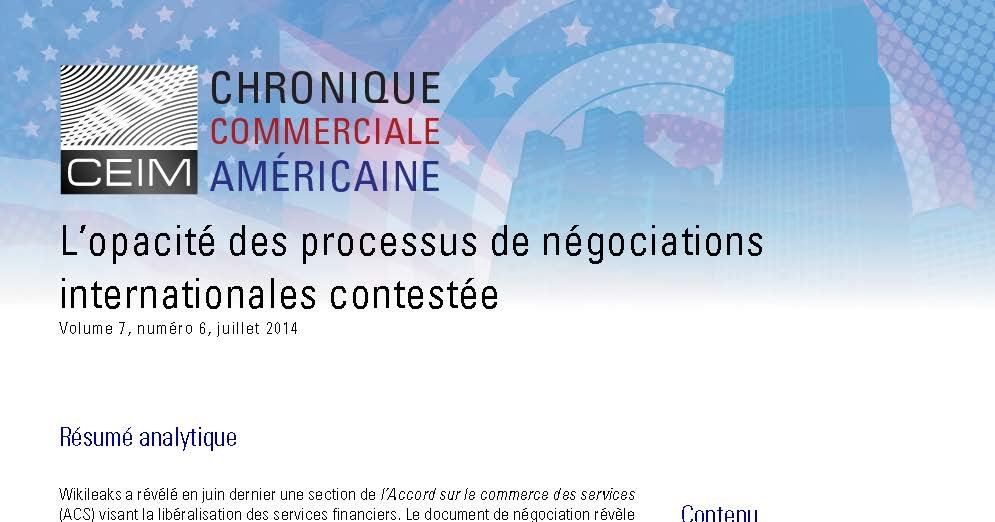The $2-billion extra price tag of brand-name drugs in Canada
Let’s repeat this very clearly : Canadians pay $2-billion extra on prescription drugs in order to get in return a net expenditure of $533-million by drug companies.
Canadians often think that their prescription drugs are cheap. Otherwise, why would so many Americans cross the border to buy them ?
Yet in the last five years, Canada has been the world’s third most expensive country for brand-name drugs.
In 1987, Canada passed changes to the Patent Act extending patent protection for prescription drugs from 17 to 20 years after brand-name drug companies agreed to spend 10 per cent of their sales on research and development. The rationale was simple : a generous patent policy for brand-name companies would ensure a more competitive, innovative pharmaceutical sector in Canada.
In order to prevent abuse, the Patented Medicines Price Review Board was created as a watchdog to cap prices of brand-name drugs and ensure transparency of Canadian pharmaceutical activities.
At first, this strategy worked very well. While the price of patented drugs increased, the pharmaceutical industry opened many important research labs in Canada.
The problem arose from the method of price capping and its bias towards pharmaceutical companies. Patented drug prices are capped based on the median of a basket of seven comparable countries with the highest R&D expenditures as compared to sales—the United States, Germany, Switzerland, Sweden, France, United Kingdom and Italy. But, there is a catch : most of these countries also have the world’s most expensive prices for patented drugs. The rationale was simple : these countries have a high R&D to sales ratio. If Canada has the same prices as they do, it could get the same spin-offs they do.
Since drug companies in Canada have little incentive to sell their drugs at a significantly lower price than the cap set by the PMPRB, Canada is effectively always aiming to be among the world’s top five most expensive countries. Since 2005, Canada has been the third most expensive country because exchange rates increased or foreign drug prices decreased while the cap was not adjusted.
The ratio of investment in research and development to the sale price of drugs has increased in these countries since 2000, but not in Canada. Since 2001, pharmaceutical companies have not been holding up their end of the bargain and the ratio is constantly decreasing. It was only 7.5 per cent in 2009.
In 2006, the PMPRB explored the possibility of modifying the basket of countries to include other comparable countries : Finland, Australia, New Zealand, Austria, Netherlands and Spain. Except for Spain and New Zealand, they all have a higher R&D to sales ratio than Canada.
By using a model to cap prices based on the median between 13 countries, Canada would be aiming to be the world’s seventh most expensive country. This would mean an average price reduction of 15 per cent on patented drugs. Since the total cost of patented drugs is $13.3-billion, this would be a savings of $2-billion.
Currently, Canada artificially inflates the cost of prescription drugs by $2-billion to facilitate pharmaceutical R&D, while total private R&D expenditures in Canada are only $1.22-billion.
After taking into account generous tax subsidies in R&D, drug companies in Canada spend, in fact, only a net amount of $533-million in R&D. Let’s repeat this very clearly : Canadians pay $2-billion extra on prescription drugs in order to get in return a net expenditure of $533-million by drug companies.
Last December, when asked by Montreal’s La Presse why companies aren’t respecting the 1987 agreement of maintaining at least a 10 per cent R&D to sales ratio, Pfizer Canada CEO Paul Lévesque replied that the rules of the game have changed since 1987 and he did not think the agreement was binding. If drug companies don’t intend to respect their part of the agreement, it’s difficult to understand why the Canadian government should respect its part.
The federal government, however, has little incentive to tackle the issue. Fixing higher prices benefits the Canadian industry and creates a more business-friendly environment. But the federal government doesn’t pay for drugs. Health is a provincial jurisdiction and the bills for patented drugs go mainly to the provinces. We find ourselves with federal pricing policies to support business and provincial drug regimes incapable of containing costs. We find ourselves in a situation where even the Maritimes and Prairies must pay higher prices while receiving little economic spin-offs, as pharmaceutical investment is concentrated in Quebec, Ontario, and British Columbia.
Some say that price reductions would certainly decrease pharmaceutical R&D in Canada. But maybe it’s time to start looking at what’s being done in the United States. Due to the lack of new drugs produced by private pharmaceutical companies, which spend twice as much on promotion as on R&D, the Obama administration announced in January 2011 that it is creating a government research centre to develop medicines. The idea is to have a major research lab that’s not organized as a promotional campaign to increase sales, like most major drug companies have. Paying directly for public pharmaceutical R&D might be the best way to produce innovative drugs while reducing the cost burden for all Canadians.
Dr. Marc-André Gagnon is assistant professor with the School of Public Policy and Administration at Carleton University. He is an expert on the political economy of the pharmaceutical innovation, pharmaceutical promotion, and the commercialization of medical research. In his current research, he compares national models of pharmaceutical innovation, and analyzes the efficiency of different types of public drug coverage policies. In September 2010, his research was released by the Canadian Centre for Policy Alternatives which found that a universal prescription drug plan would cut more than $10-billion from Canada’s health-care bill.
Pour accéder à l’article, cliquez sur le lien ci-dessous :
http://www.thehilltimes.ca/page/view/brandname-02-07-2011











